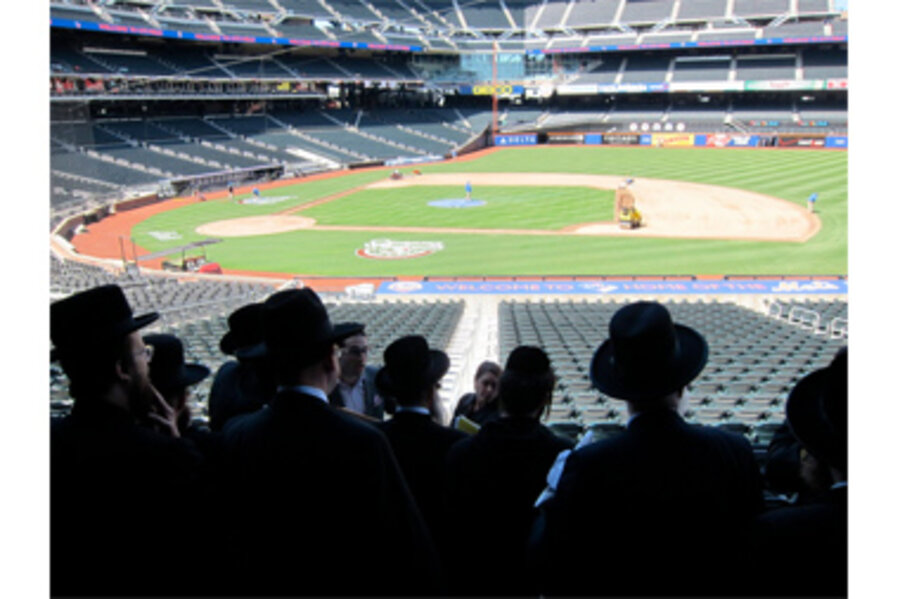Opened: 2009
Capacity: 41,800
What the authors say: “Citi Field may not be the coziest ballpark built in recent years. … But we’ll give it this: It’s a ballpark, not a stadium, like the towering Shea Stadium, which had served as the Mets home from 1964 to 2008.”
Learned from the book:
• The $400 million that Citigroup Inc. paid for the stadium naming rights is a record amount, and this by a company that received $45 billion in government bailout funds.
• The efforts of the Mets to associate themselves with the Brooklyn Dodgers are evident in Citi Field’s marble rotunda, which replicates that of Brooklyn’s Ebbets Field. The ballpark’s entrance is even named the Jackie Robinson Rotunda in honor of the late great Dodger star.
• A children’s book written by Robinson’s daughter, Sharon, is the basis for the inspirational engravings in the rotunda’s floor.
• Citi Field is directly under a flight path for nearby LaGuardia Airport, so fans are well advised to bring earplugs.
• Citi has a first-class food court on its third level, something that many stadiums don’t offer at their upper reaches.
• The Yankees may be New York’s best major-league team, but the authors give the nod to Citi for having “better eats.”
• Although Citi sits in an area replete with car repair shops, it is also within a short walk of the US Open tennis complex and the 1964 World’s Fair site, where the large Unisphere sculpture still stands.
•The 16-foot-high plastic home run apple, which is hydraulically raised and lowered beyond center field, is about twice as big as the one used at Shea.
• The massive videoboard in centerfield unfortunately blocks the view of Flushing Bay.







